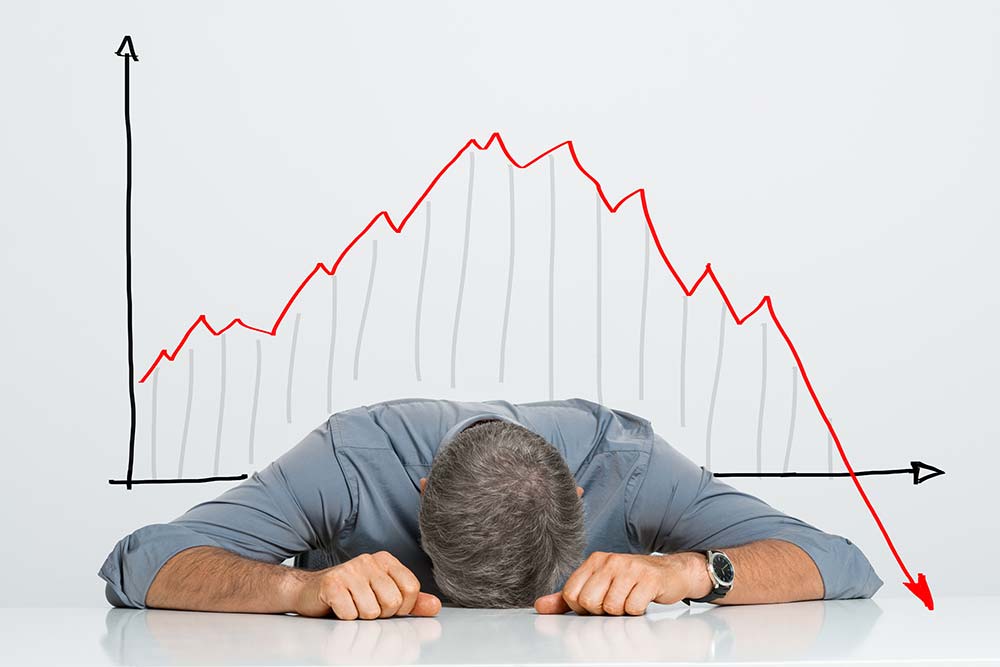When you’re keen on value investing, as I am, whether the stock market is overvalued matters a ton. And lately, I find myself wondering this more often than not.
It shouldn’t be a hard question to answer. But what I’ve discovered is that few investors even want to know the answer.
Why? Because most seem to care little about intrinsic value and are instead more interested in perceived value. The thought seems to be “As long as there’s a greater fool willing to buy my shares for more, it’ll work out in the end.”
That’s great wishful thinking. But it’s precisely the wrong way to approach investing. Both long-term investors and short-term traders ought to care about what they’re buying – whether they intend to hold forever or flip for quick gains.
Successful investors understand that stocks’ prices eventually follow their true value, although timing that convergence isn’t always easy. As Warren Buffett famously put it, “Price is what you pay; value is what you get.”
Not knowing (or caring) if an investment is underpriced or overpriced means making financial decisions in the dark.
But I assume, dear reader, that you are more thoughtful about your wealth than most – and neither afraid of nor apathetic to financial reality.
So… are stocks currently overvalued? Let’s find the answer.
One of the simplest ways most folks try to answer this question is by turning to a so-called price multiple. For example, the price-to-earnings (P/E) ratio – a stock’s price divided by its earnings per share – is widely used as a gauge of whether stocks are cheap or expensive.
Over 150-plus years, the S&P 500’s average P/E has been about 16. But right now, it’s about 72% higher at 27.6.

So it looks like we’ve gotten our answer. Stocks are overvalued. Plain and simple.
But we’re not quite done yet…
You see, while P/E is easy enough to understand, it’s not without flaws. In fact, it could be seen as oversimplifying the picture.
An alternative is Nobel laureate Robert Shiller’s cyclically adjusted price-to-earnings (CAPE) ratio, which factors in inflation and business cycles by using average inflation-adjusted earnings over 10 years.

The market’s current CAPE ratio of 34.2 is double its long-term average of 17. So just like P/E ratio, the CAPE ratio is telling us valuations are higher than they have been historically.
But unlike P/E, the CAPE ratio says something more…
Stocks aren’t just overvalued. They’re extremely overvalued.
In fact, the CAPE ratio has been this high only 4% of the time.

This should be alarming. But as I already noted, most retail investors and traders don’t seem to care as much about valuations as they used to. (It’s as if they can’t imagine a reason NOT to buy stocks.)
Given that so few care, do these extreme valuations really matter in the end?
Absolutely, yes.
History has repeatedly proven that there’s a true cost of overpaying for stocks: much, much lower long-term returns.
Even lower than those of risk-free assets.
Again, let’s turn back to the CAPE ratio.
Whenever the market’s CAPE ratio has topped 30, stocks have tended to underperform Treasurys over the subsequent 10-year period. (And, again, CAPE is currently near 35.)

Yes, you read that right. We’re talking about the highest-performing asset class in history underperforming the safest asset class in the world… by a wide margin.
Frankly, it’s embarrassing – especially when you consider how value-blind investors are these days. But it’s a lesson they’ll have to learn one way or another.
The bottom line is this: Never get comfortable overpaying as a stock investor. It comes with a huge – and totally avoidable – cost to your wealth in the long run.
Be thoughtful about your wealth, and always consider value.
Or else.
Be excellent,
Anthony
